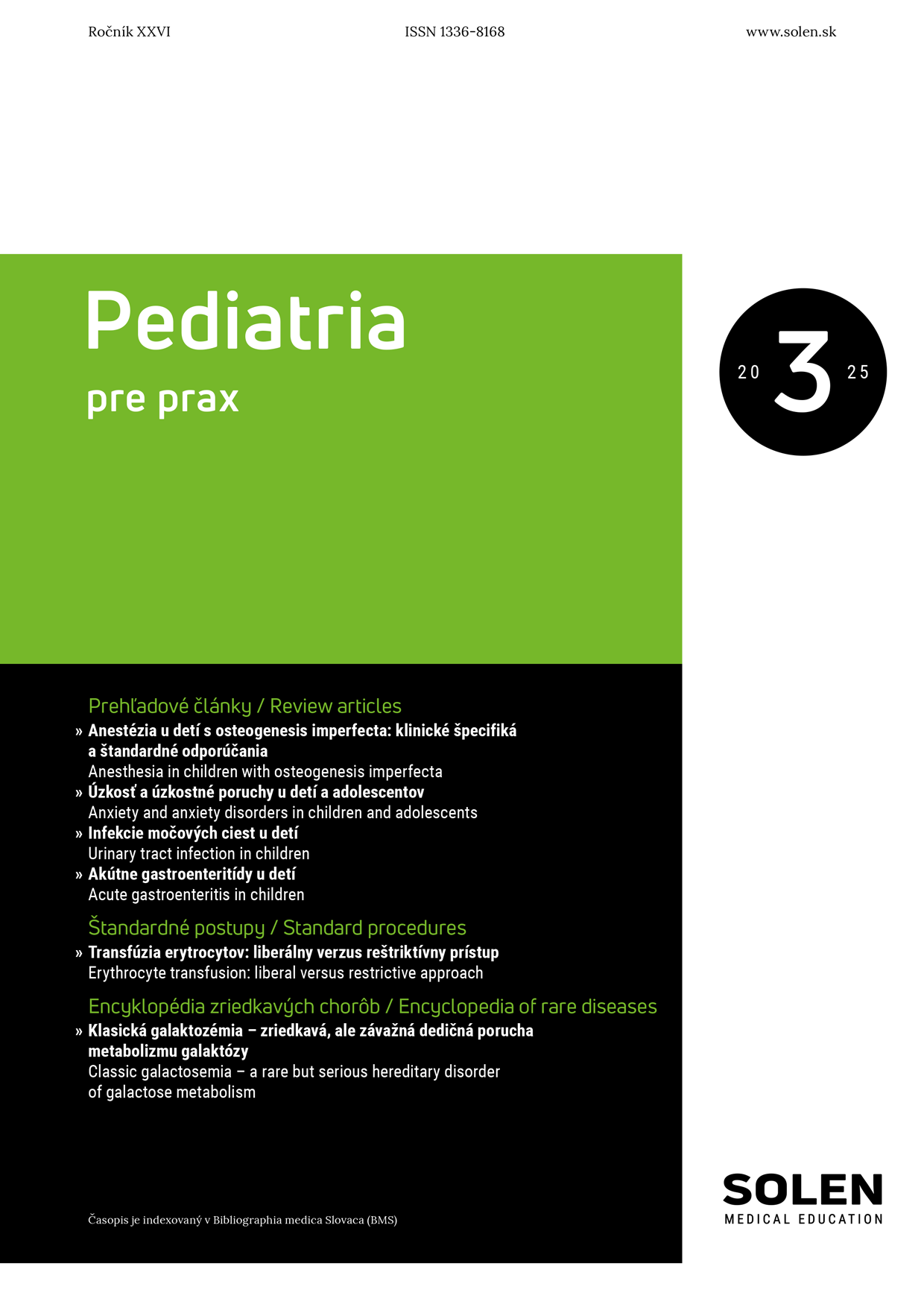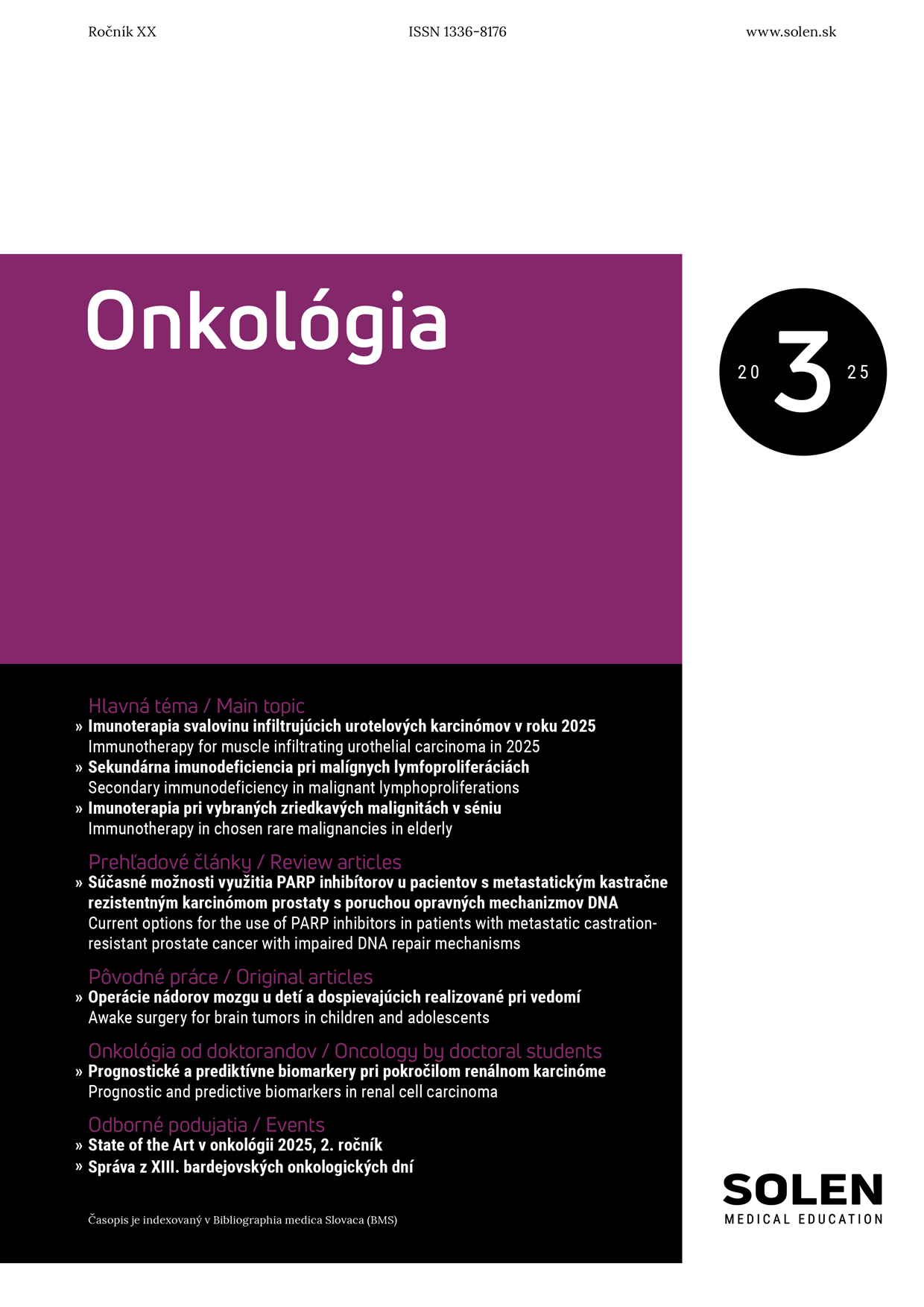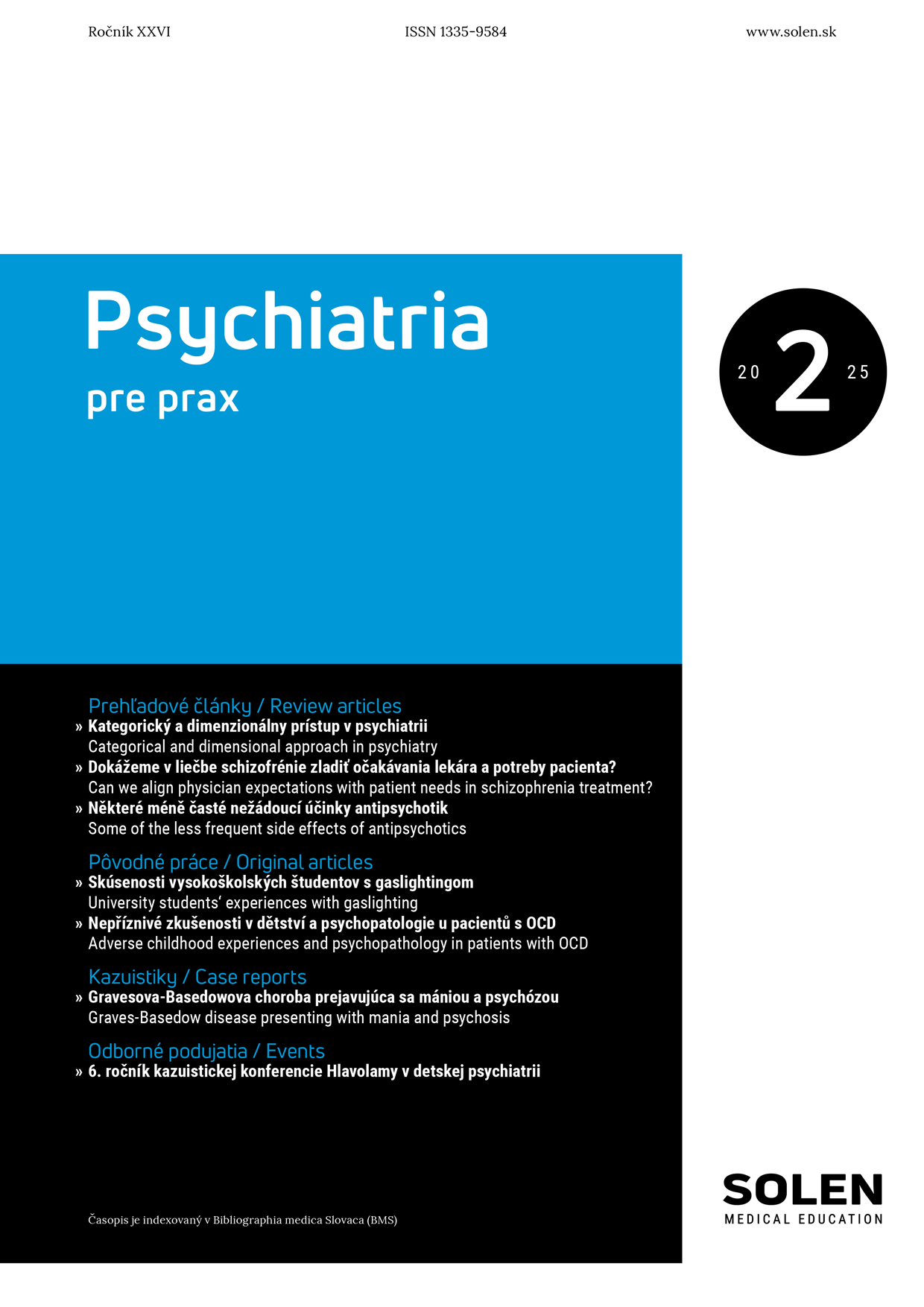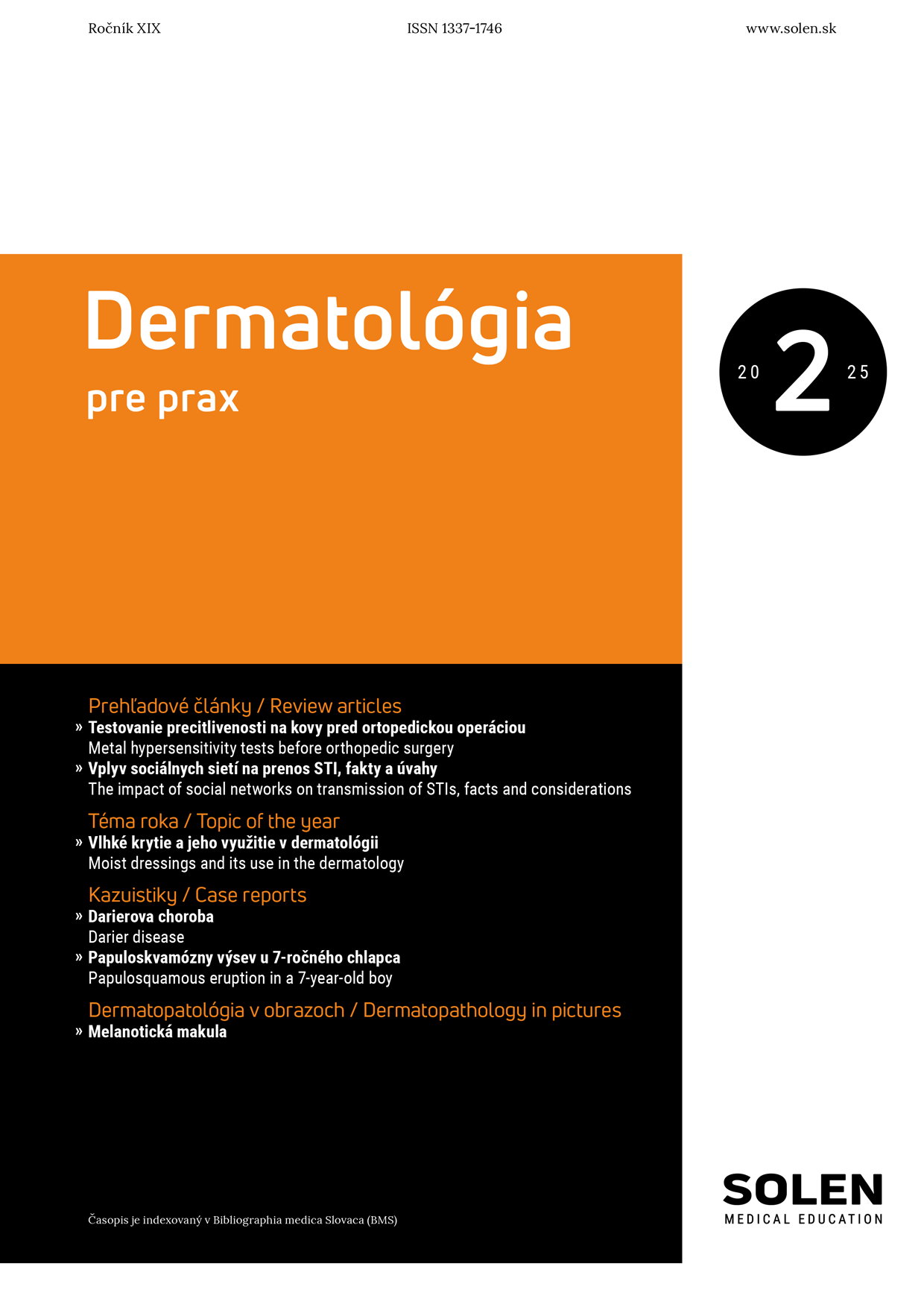Onkológia 3/2014
Diagnostics and treatment of chronic myelomonocytic leukemia in the years 2000-2013 – results from 2 hematologic centres
Introduction: Chronic myelomonocytic leukemia (CMML) is a clonal hematopoietic stem cell disorder classified as a myelodysplastic/ myeloproliferative neoplasm that occurs mainly in the elderly. Purpose: To describe patients with CMML diagnosed and treated in (pracovisko) in the years 2000-2013 with regard to the new scoring system and modern therapy. Patients and methods: 35 patients (21 men, 14 women) with a median age of 67,5 years (47-85) were evaluated. Distribution by WHO 2008 classification showed CMML-1/CMML2 ratio (22/13) and by FAB classification myelodysplastic/myeloproliferative variant 19/16. CPSS score was used for prognostic evaluation (WHO and FAB classification, cytogenetics, transfusion dependency). According to this scoring system 5 patients were from low, 13 from intermediate-1, 14 from intermediate-2 risk group and 2 patients were not evaluated. Only six individuals from the whole cohort underwent allogeneic transplantation (ASCT), in 3 patients the signs of limited chronic GvHD (graft versus host disease) are observed, 3 patients died because of infections or disease progression. Survival analysis was performed using the Kaplan-Meier method. Results: 14 people live with median follow-up 19,5 months (5-126). Probability of 5-years overall survival (OS) in our unselected group of patients is22,7%. CPSS has proved to be a good prognostic indicator (LR vs. INT-1 vs. INT-2, p=0,004). No statistically significant differences were observed in subgroups according to WHO 2008 and FAB classification. Complex cytogenetic aberrations and monosomy 7 were independent negative prognostic indicators. Conclusion: All evaluations are limited by the small number of patients in our cohort. New, simple scoring system CPSS seems to be a good prognostic indicator. Recently, there is a more accurate diagnosis of CMML (the majority of patients is from the period of last five years) and the treatment with new molecules (5-azacytidine, 5-AZA). Although the new information from molecular biology of CMML (e.g. TET2 gene mutation) are implemented into treatment strategies, the results are still unsatisfactory.
Keywords: chronic myelomonocytic leukemia, pathogenesis, overall survival, CPSS, treatment.

















